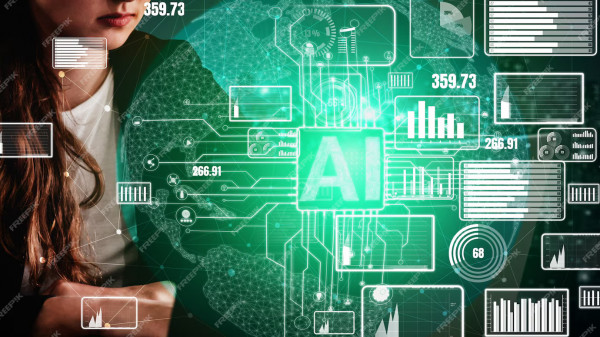Introduction
The Metaverse has been expanding rapidly in recent years, but its meaning remains an enigma. Unless an agreement is reached on the definition of “metaverse,” efforts related to managing the metaverse technology development and associated public policy could be hampered. These days Talk of the “metaverse” is trending all over the place. It has made its way into every social media platform available. But what is Metaverse exactly?
In simple words, “meta” means beyond & “verse” refers to the universe. But the future of digital connection augurs further exploration, which can begin with exploring the characteristics & categories of the Metaverse. Let’s dissect the Metaverse so that we can bifurcate what is part of the Metaverse and what is not.
6 Characteristics that define Metaverse
- Identity: While digitally logging in to the Metaverse, individuals can express themselves as anyone or anything they want to be with their avatar.
- Multi-device: Access from anywhere is a crucial feature of the Metaverse, whether it’s your smartphone, tablet, PC, VR, or any other electronic device.
- Immersive: An immersive experience will engage all of our senses, from sight to taste. The future VR machines could incorporate tactile body suits & omnidirectional treadmills that offer physical sensations via electronic stimulation as they move around the digital environment.
- Economy: A fully functional metaverse is a thriving economy where users can spend or earn in digital currencies.
- Real-time Persistence: The Metaverse is built to be real-time persistent without the pause option. It continues to function and exist even after users have logged off. This ability takes away the centricity of the user to the virtual universe itself.
- Community: Users don’t wander in the Metaverse alone. They are surrounded by other users in real-time, sharing their experiences & interact with each other. Based on how the gaming industry became a success, we can say that enabling social experiences is vital for Metaverse’s future growth.
Five Core Categories that define technical aspects of Metaverse
- Hardware: The sale and support of hardware technologies and equipment are used to interact, access, or develop the Metaverse. It includes user-facing hardware like VR headsets, smartphones, haptic gloves, and enterprise hardware for setting up VR environments like industrial cameras, projection, scanning sensors, and tracking systems.
- Compute: The supply and enablement of computing power will assist the Metaverse in performing demanding tasks like rendering, physics calculations, data reconciliation & synchronization, projection, motion capture, translation, etc.
- Networking: The provisioning of real-time connections, persistent, high bandwidth & decentralized data transmission, the networks, exchange centers, and services that enable them are all part of the metaverse networking. Also, managing the “last mile” data for users is critical.
- Virtual Platforms: The working and development of Metaverse are usually three-dimensional simulated environments where users and companies can create, explore, socialize and participate in a variety of experiences like working on a project, racing a car, carving out digital art, attending a seminar, listening to music, and engage in monetizing activities.
- User Behaviors: Keeping track of changes in user and business behaviors like spending and investment, attention, time, decision-making, and capability) is crucial. These either directly affect the Metaverse or enable it or provide feedback on its principles and philosophy.
What is not Metaverse?
Now that we have understood the characteristics and categories of the Metaverse, let’s take a look at the common misconceptions about the Metaverse. Usually, the Metaverse is misinterpreted as Virtual Reality. To describe VR as the Metaverse is like saying the internet is an application. In reality, VR is just one of the ways to experience the Metaverse. Millions of users are already experiencing virtual worlds on a daily basis without the assistance of VR/MR/ AR /XR devices. VR headsets are not Metaverse; similarly, smartphones cannot operate like the internet.
Furthermore, the Metaverse is also not a video game. Video games are purpose-specific like experiencing the thrill, unintegrated like Call of Duty is isolated from similar portfolio title Overwatch), temporary as there is a reset after every game, and restricted in participants like 1MM concurrent Fortnite game users are in 100,000 plus separated simulations. You can play video games in the Metaverse, which may have player caps & resets, but those are games that are part of the Metaverse, but not the entire Metaverse. Therefore, the Metaverse will significantly increase the range of virtual experiences used in day-to-day life beyond video games and, in turn, expand the number of individuals participating in them.
Finally, the Metaverse is not tools such as Unity, Unreal Engine, WebXR, or WebGPU. It is like referring to the internet as TCP/IP, or web browser, or HTTP. These are protocols on which the internet is dependent, and the software helps to render them.
Conclusion
There is no globally accepted or firm definition of the Metaverse, and that is because it doesn’t refer to a single type of platform, community, or technology but rather a change in how end users start their interaction with technology.



